Breeding leopard geckos can be a rewarding experience that allows you to witness the miracle of life while potentially creating a small business opportunity. However, it’s not a venture to be undertaken lightly. Successful breeding requires thorough knowledge, proper preparation, and dedicated care throughout the entire process. Before you embark on this journey, there are numerous factors to consider – from the genetic implications of pairing certain morphs to the specialized care required for gravid females and hatchlings. This comprehensive guide will walk you through everything you need to know before starting your leopard gecko breeding project, helping you make informed decisions and prepare appropriately for the responsibilities ahead.
Understanding Leopard Gecko Sexual Maturity
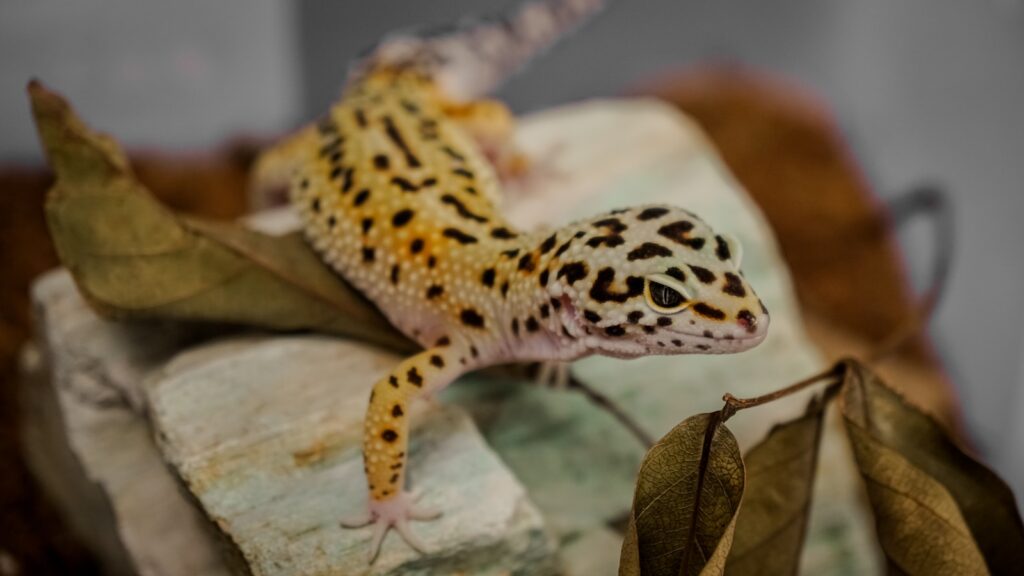
Before attempting to breed leopard geckos, it’s crucial to understand when these reptiles reach sexual maturity. Female leopard geckos typically become sexually mature between 9-10 months of age, though waiting until they reach at least 45-50 grams in weight is strongly recommended to prevent health complications. Males generally mature slightly earlier, around 8-9 months, but should also be well-established in size and health before breeding. Age isn’t the only factor to consider—a gecko’s overall health, weight, and physical condition are equally important indicators of breeding readiness. Breeding geckos too young can lead to serious health issues including egg binding in females, which can be fatal if not treated promptly.
Setting Up a Proper Breeding Environment
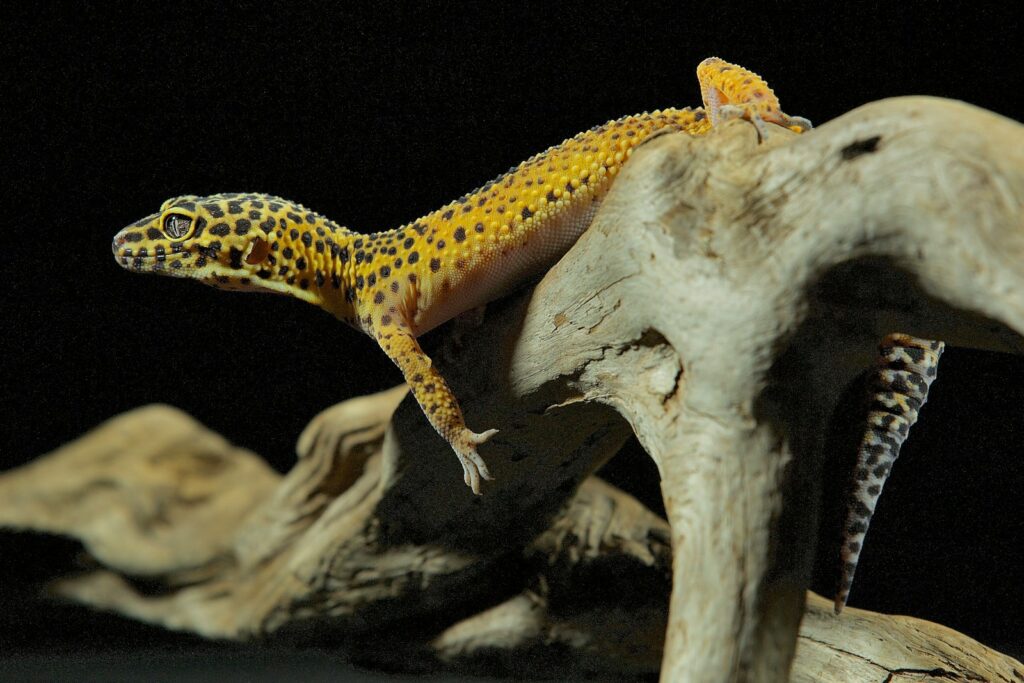
Creating an appropriate breeding environment is essential for successful leopard gecko reproduction. Each breeding female should have her own enclosure measuring at least 20 gallons, with proper temperature gradients ranging from 88-92°F on the warm side to 75-80°F on the cool side. The enclosure should include a humid hide box filled with moist substrate such as sphagnum moss or vermiculite, which will serve as both a retreat and eventually a laying site for eggs. Proper lighting cycles are also important, with many breeders implementing a seasonal approach that mimics natural light changes to trigger breeding behavior. Additionally, maintaining optimal humidity levels between 30-40% throughout the enclosure while providing higher humidity in the laying box will help ensure successful egg development and laying.
Selecting Quality Breeding Stock

The foundation of any successful breeding program lies in selecting high-quality breeding stock. Choose leopard geckos that exhibit excellent health markers: clear eyes, alert behavior, proper weight distribution, no visible deformities, and complete tails. Carefully research the genetic history of potential breeding geckos to avoid pairing animals with known genetic issues or incompatible genetics that could result in health problems. When selecting for morphs, understand the inheritance patterns associated with each trait to predict offspring appearances and avoid problematic combinations. Avoid breeding closely related geckos to prevent inbreeding depression, which can result in reduced fertility, smaller clutch sizes, and increased health problems in offspring. Maintaining detailed records of your breeding stock’s lineage becomes increasingly important as your breeding program expands.
Understanding Genetic Considerations
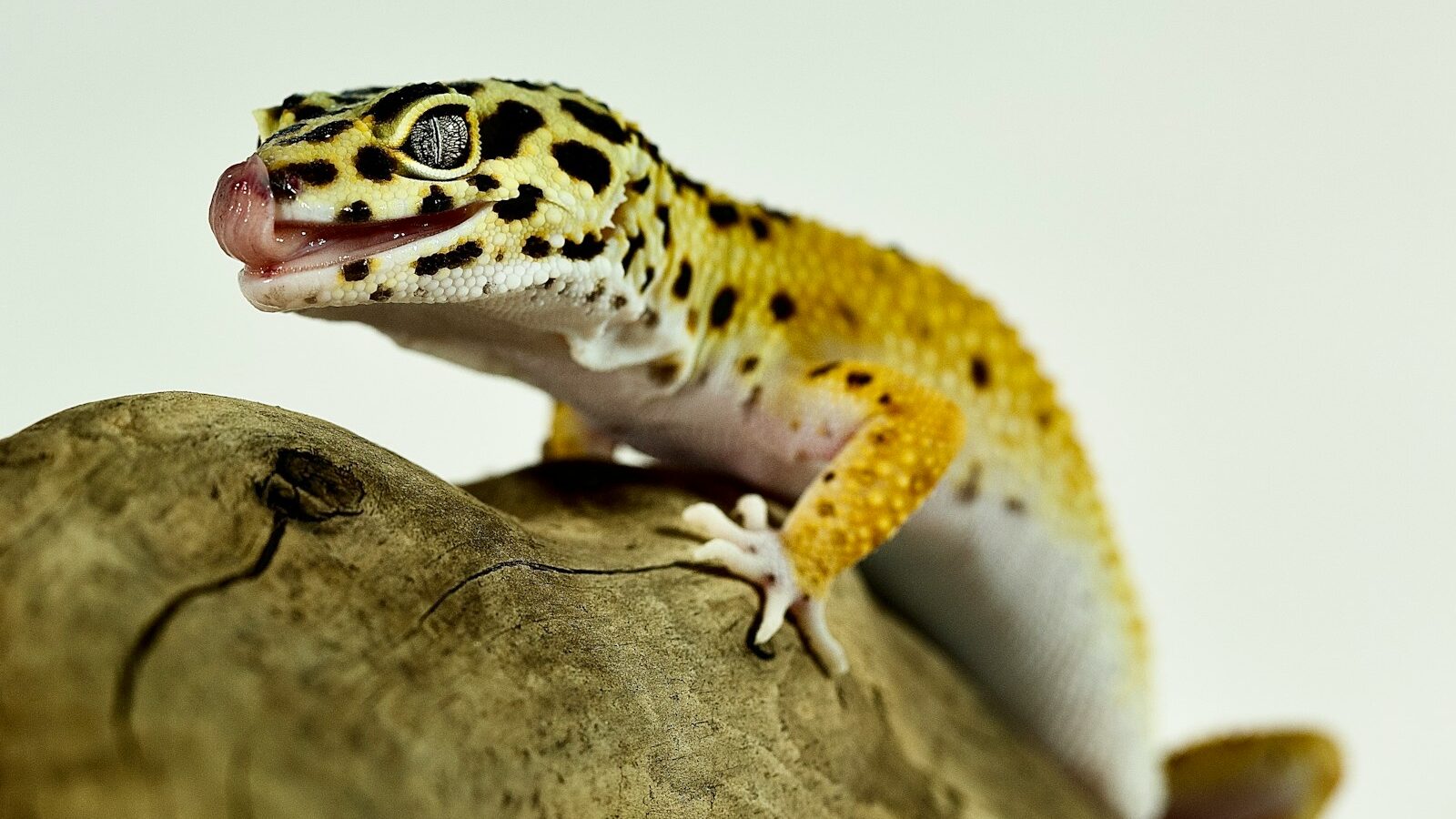
Genetics plays a fundamental role in leopard gecko breeding, particularly when working with different morphs. Before breeding, educate yourself about dominant, co-dominant, and recessive traits to understand how different genetic combinations will express in offspring. Certain genetic combinations can result in “problem” genes when paired together, such as the Enigma syndrome associated with the Enigma morph, or neurological issues with certain Spider morph combinations. Responsible breeders avoid pairing animals that could produce offspring with health complications, prioritizing animal welfare over aesthetic preferences. Creating a genetic plan before breeding will help you make informed decisions about which geckos to pair together and what outcomes to expect from each breeding project.
Seasonal Cycling and Brumation
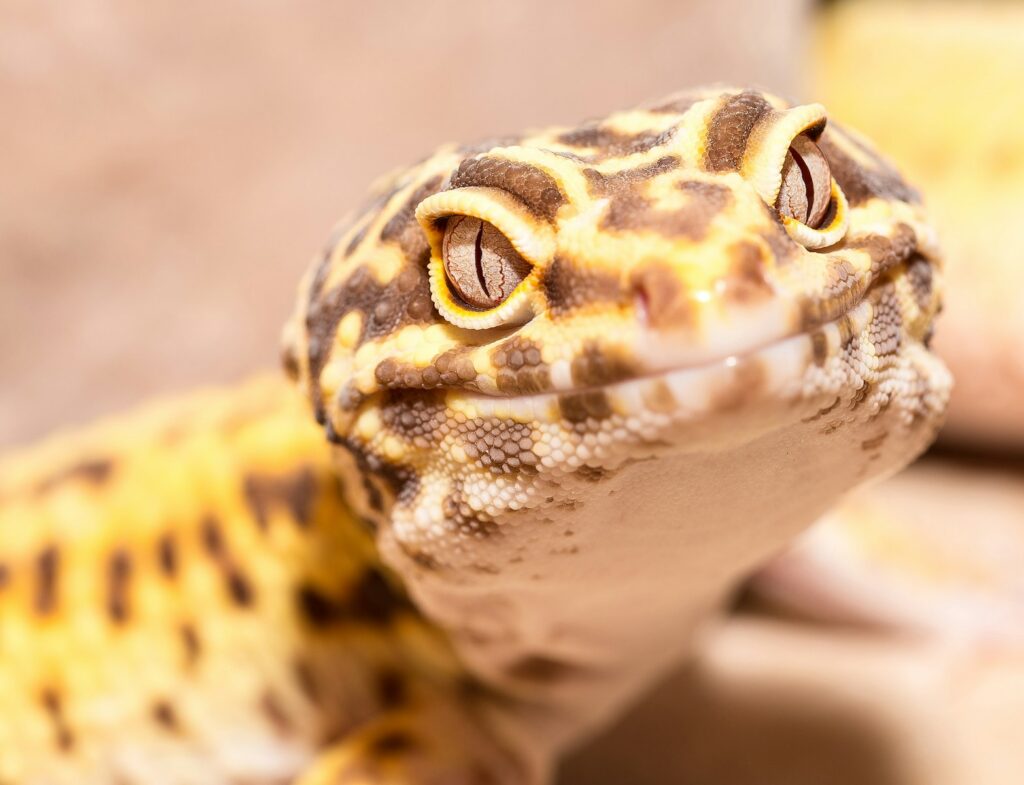
Many successful breeders incorporate a seasonal cycling approach that includes a brumation period to stimulate natural breeding behaviors in leopard geckos. Brumation is a hibernation-like state during which temperatures are gradually lowered and daylight hours are reduced for 6-10 weeks, typically during winter months. Following this period, gradually increasing temperatures and daylight hours signals to the geckos that breeding season has arrived, often resulting in more successful breeding outcomes. This approach mimics the natural seasonal changes leopard geckos would experience in their native habitat, triggering hormonal changes that prepare them for reproduction. While not strictly necessary for breeding, many experienced breeders find that seasonal cycling increases breeding success rates and overall clutch viability.
Introducing Breeding Pairs
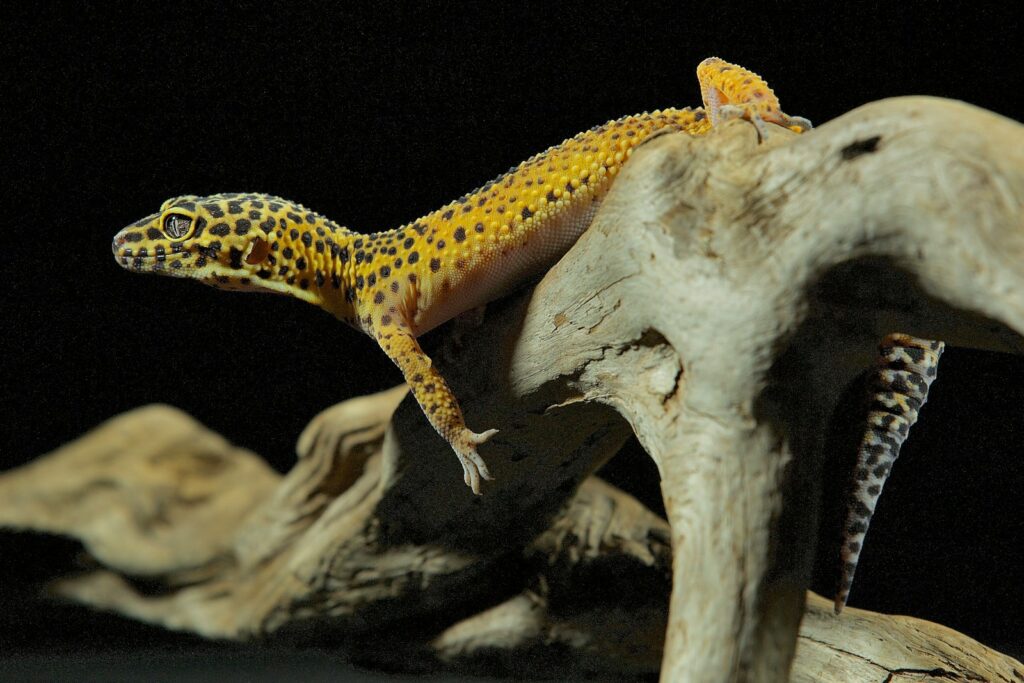
The introduction of breeding pairs requires careful observation and management to ensure successful mating without injury. Always introduce the female to the male’s territory, not vice versa, as females can be territorial and may attack an introduced male. When introducing geckos, closely monitor their interaction for signs of aggression or stress, being prepared to separate them if necessary. Successful copulation is typically indicated by the male biting the female’s neck and curling his tail under hers, a process that usually takes several minutes. After successful mating, separate the pair to prevent excessive breeding attempts which can stress the female. Some breeders choose to reintroduce the pair after 2-3 weeks for an additional mating opportunity before the female begins producing eggs.
Caring for Gravid Females
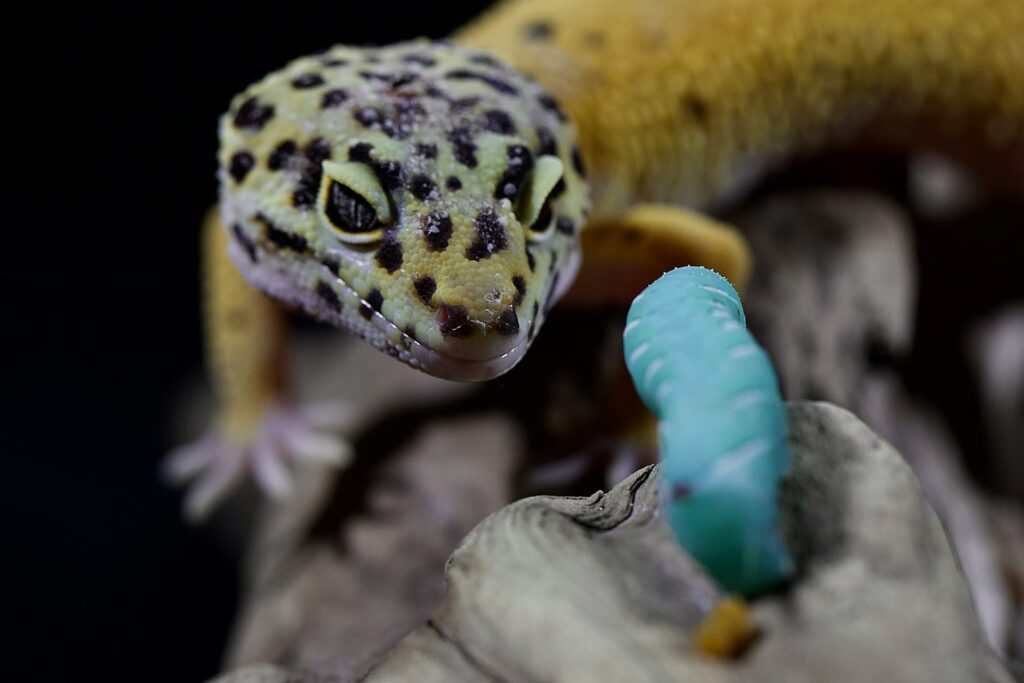
Once a female becomes gravid (pregnant), her nutritional and environmental needs change significantly. A gravid female will need increased calcium supplementation to support egg development, with many breeders offering calcium dishes in the enclosure for voluntary consumption. Appetite changes are common—some females eat more during early gravidity while others may reduce food intake as eggs develop and occupy more internal space. Provide a dedicated laying box filled with 3-4 inches of slightly moist substrate like vermiculite or a sand/soil mix where she can comfortably deposit her eggs. Watch for signs of egg binding (dystocia), including straining, lethargy, or visible eggs that aren’t being laid, which constitutes a medical emergency requiring immediate veterinary attention.
Egg Collection and Incubation Setup
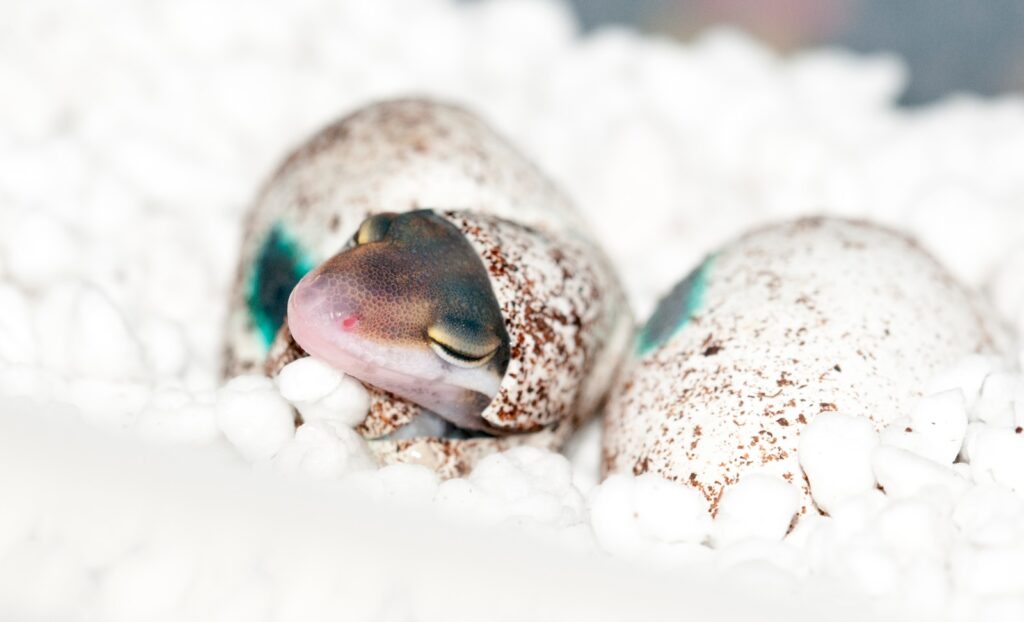
Proper egg collection and incubation are critical steps in the breeding process that directly impact hatchling success. When eggs are laid, carefully remove them from the laying box, maintaining their original orientation—rotating or flipping eggs can detach the embryo and cause death. Commercial incubators provide the most consistent temperature control, though homemade setups can work if carefully monitored for temperature stability. Eggs should be partially buried in an incubation medium such as vermiculite, perlite, or HatchRite, mixed to the proper moisture level—typically 1:1 ratio by weight with water for vermiculite. Leopard gecko eggs generally incubate at temperatures between 80-88°F, with temperatures affecting both incubation length and potentially influencing the sex of the offspring in a process known as temperature-dependent sex determination.
Understanding Incubation Temperature Effects
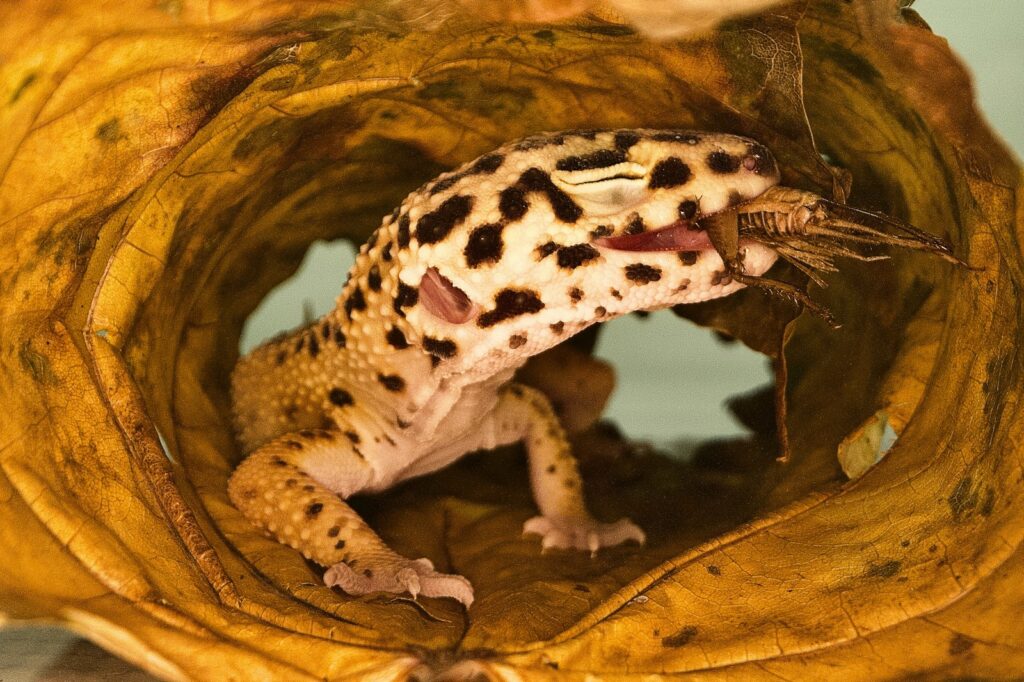
The temperature at which leopard gecko eggs are incubated has significant effects beyond just incubation duration. At temperatures between 85-88°F, incubation typically takes 45-60 days and tends to produce more females, while temperatures between 80-83°F result in longer incubation periods of 60-75 days and typically produce more males. Some breeders use this temperature dependence to influence the sex ratio of their hatchlings, though results aren’t guaranteed as other factors can influence sex determination. Temperature fluctuations during incubation can stress developing embryos and lead to developmental abnormalities, making stable incubation conditions essential. Different morphs may also show varying development rates at the same temperatures, requiring careful monitoring throughout the incubation period regardless of the chosen temperature range.
Preparing for Hatchlings
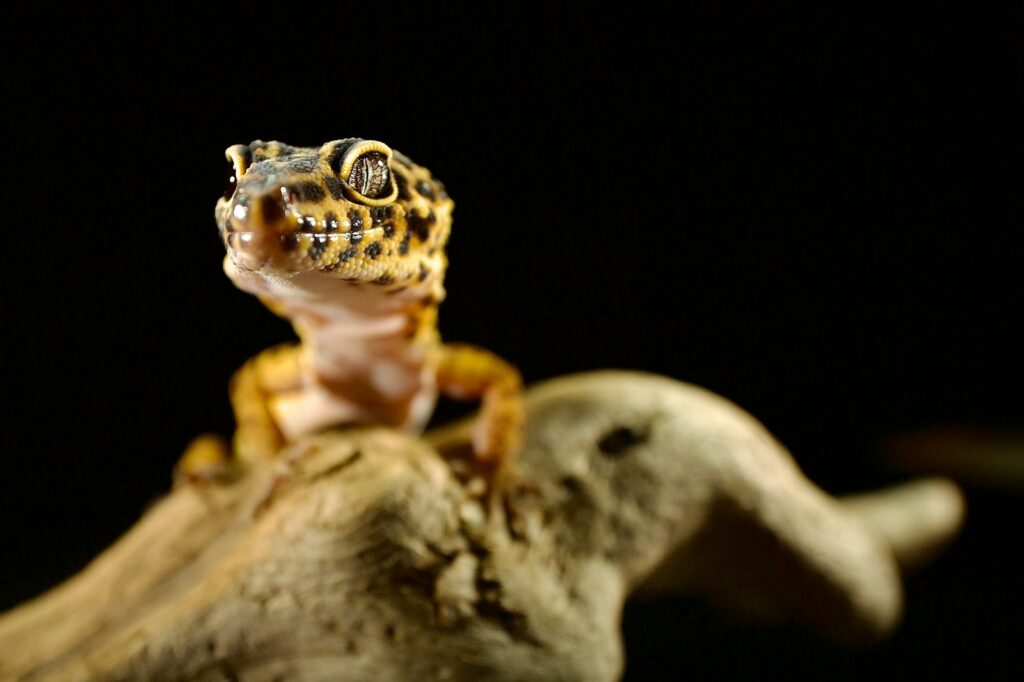
Preparing appropriate housing for hatchlings before they emerge is essential for their health and development. Set up separate enclosures for hatchlings, typically using plastic storage containers with proper ventilation, measuring at least 6″x8″ per hatchling for their first few months. These enclosures should include appropriately sized hides, shallow water dishes, and proper temperature gradients scaled to their small size. Substrate choices should prioritize safety and cleanliness—many breeders use paper towels for the first few months as they’re easy to clean and eliminate the risk of impaction. Prepare appropriate food sources in advance, typically starting with small crickets or small mealworms that are appropriately sized for the tiny hatchlings—no larger than the space between the gecko’s eyes.
Hatchling Care and Feeding
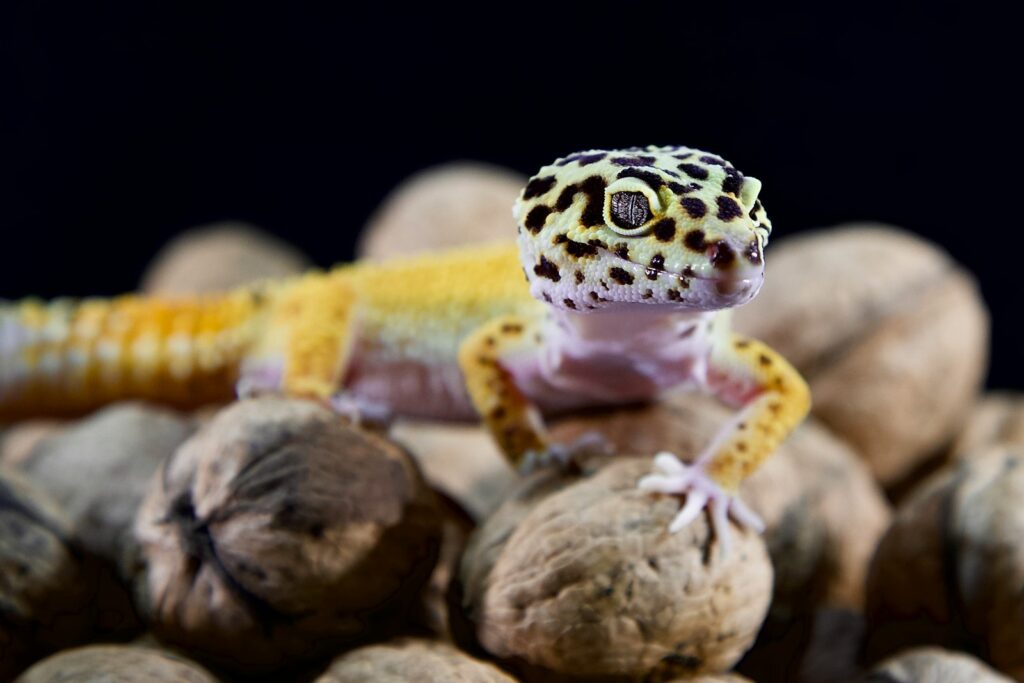
Hatchling leopard geckos require specialized care different from their adult counterparts. Newly hatched geckos typically don’t eat for the first 3-7 days as they absorb their yolk sac reserves, after which they should be offered appropriately sized prey items every 1-2 days. All feeders must be dusted with calcium and vitamin supplements according to a strict schedule to support proper growth and prevent metabolic bone disease. Hatchlings should be housed individually to prevent competition for resources and potential stress or injury from interactions with clutchmates. Regular weight monitoring is essential—healthy hatchlings should steadily gain weight each week, with any weight loss or stagnation potentially indicating health issues that require attention. Handle young geckos minimally for the first few weeks, allowing them to establish feeding routines and adjust to their new environment with minimal stress.
Recordkeeping and Management
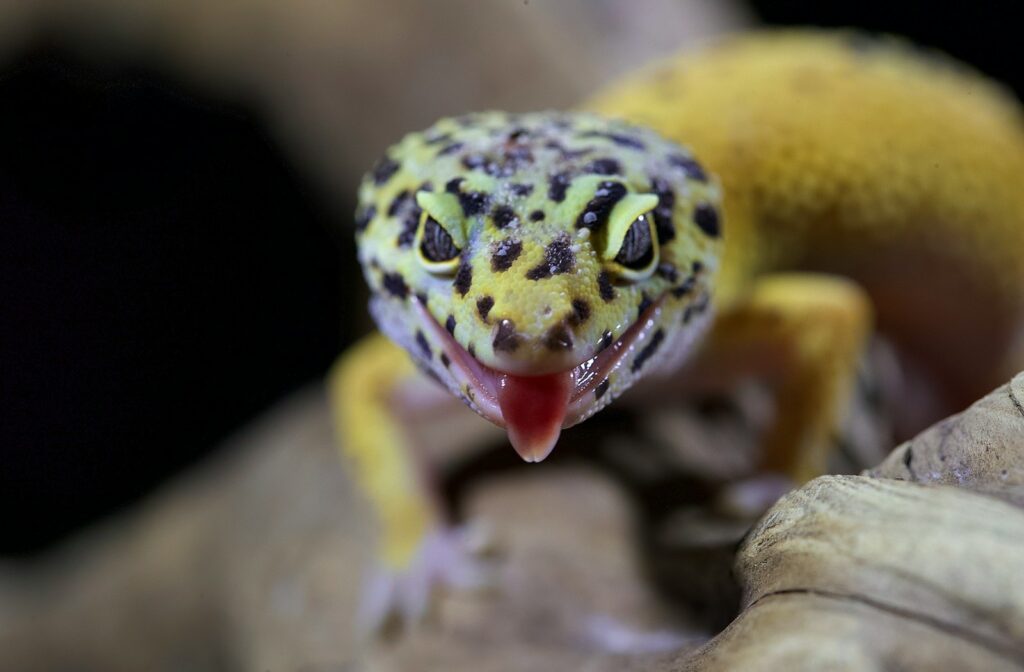
Maintaining detailed records is an often overlooked but critical aspect of successful leopard gecko breeding. Develop a comprehensive system to track breeding pairs, mating dates, egg laying dates, incubation conditions, hatching dates, and individual hatchling development. Photos documenting the physical characteristics of breeding animals and their offspring help track the expression of genetic traits across generations. For those breeding morphs, detailed genetic records enable you to make informed decisions about future pairings and help predict offspring outcomes. Many serious breeders use specialized reptile breeding software or detailed spreadsheets to maintain this information, finding that thorough recordkeeping becomes increasingly valuable as breeding projects expand over time.
Ethical Considerations and Responsible Breeding

Ethical breeding practices should be at the forefront of any leopard gecko breeding program. Before beginning a breeding project, honestly assess whether you have the resources, knowledge, and commitment to care for potentially dozens of offspring that may not sell quickly or may have special needs. Consider the current market saturation for the morphs you plan to produce and whether you’re contributing something valuable to the breeding community rather than adding to potential overpopulation. Develop a plan for animals that don’t sell, including long-term housing solutions and financial preparation for their ongoing care. Responsible breeders prioritize the health and welfare of their animals above profit or aesthetic considerations, making difficult decisions like not breeding animals with known genetic health issues even if they have desirable visual traits. Joining breeder communities and staying current with evolving understanding of leopard gecko genetics represents an ongoing commitment to ethical breeding practices.
Financial Considerations
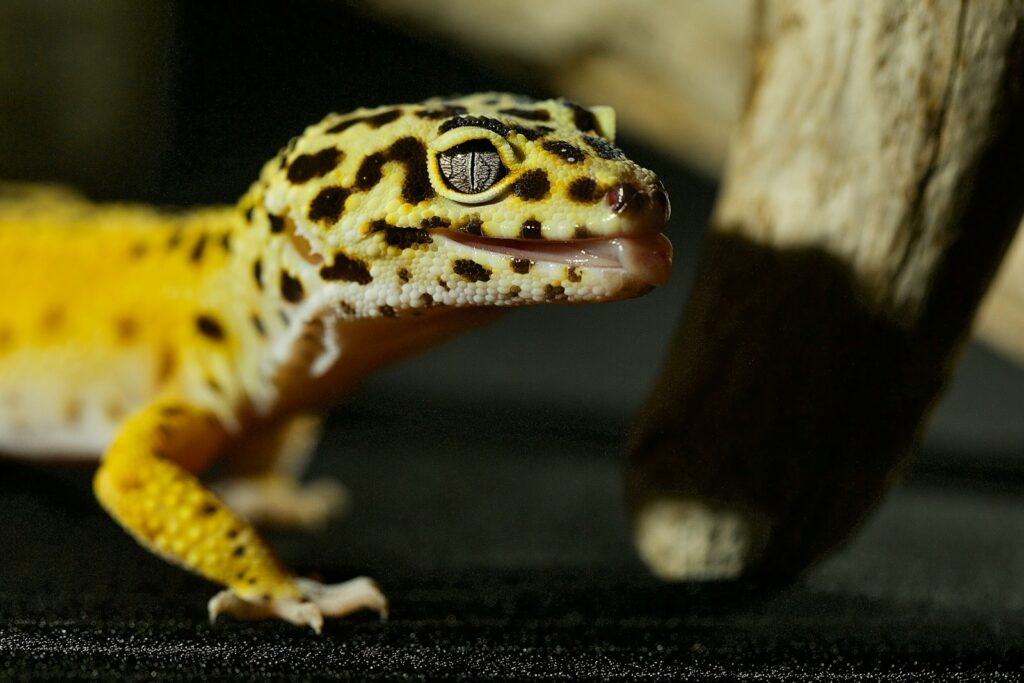
Breeding leopard geckos involves significant financial investment that potential breeders should carefully evaluate before beginning. Initial setup costs include separate enclosures for each breeding female, incubation equipment, and housing for potentially dozens of offspring—expenses that can quickly exceed several thousand dollars. Ongoing costs include increased electricity usage for heating multiple enclosures, food for breeding adults with higher nutritional demands, and feeding hundreds of insects weekly as hatchlings grow. Veterinary care represents another major expense, with emergency services for egg-binding or other breeding complications potentially costing hundreds of dollars per incident. While breeding can eventually become profitable, most successful breeders recommend having sufficient capital to operate at a loss for at least the first year as you establish your breeding program and reputation.
Marketing and Selling Offspring

Successfully selling leopard gecko offspring requires planning and marketing knowledge beyond just producing healthy hatchlings. Develop a comprehensive marketing strategy before breeding, including determining target markets such as reptile expos, online classified ads, social media platforms, or wholesale to local pet shops. Professional photography that accurately represents your animals’ colors and patterns is essential for online sales, as is developing a recognizable brand or name for your breeding operation. Building relationships within the reptile community through forums, social media groups, and attending reptile expos helps establish credibility and develops a customer network. Prepare professional-looking care sheets to provide with each sale, demonstrating your commitment to the animals’ long-term welfare and adding value for customers who may be new to leopard gecko keeping.
Breeding leopard geckos is a significant commitment that requires extensive knowledge, proper equipment, and ongoing dedication to animal welfare. Success in breeding these fascinating reptiles comes not just from producing offspring, but from ensuring those offspring are healthy, properly cared for, and placed in appropriate homes. By thoroughly understanding the genetic, environmental, nutritional, and ethical aspects of breeding before you begin, you’ll be better prepared to create a responsible and potentially rewarding breeding program. Remember that the welfare of the animals should always be your primary concern, with other considerations such as producing specific morphs or financial gain remaining secondary to the health and wellbeing of the leopard geckos in your care.

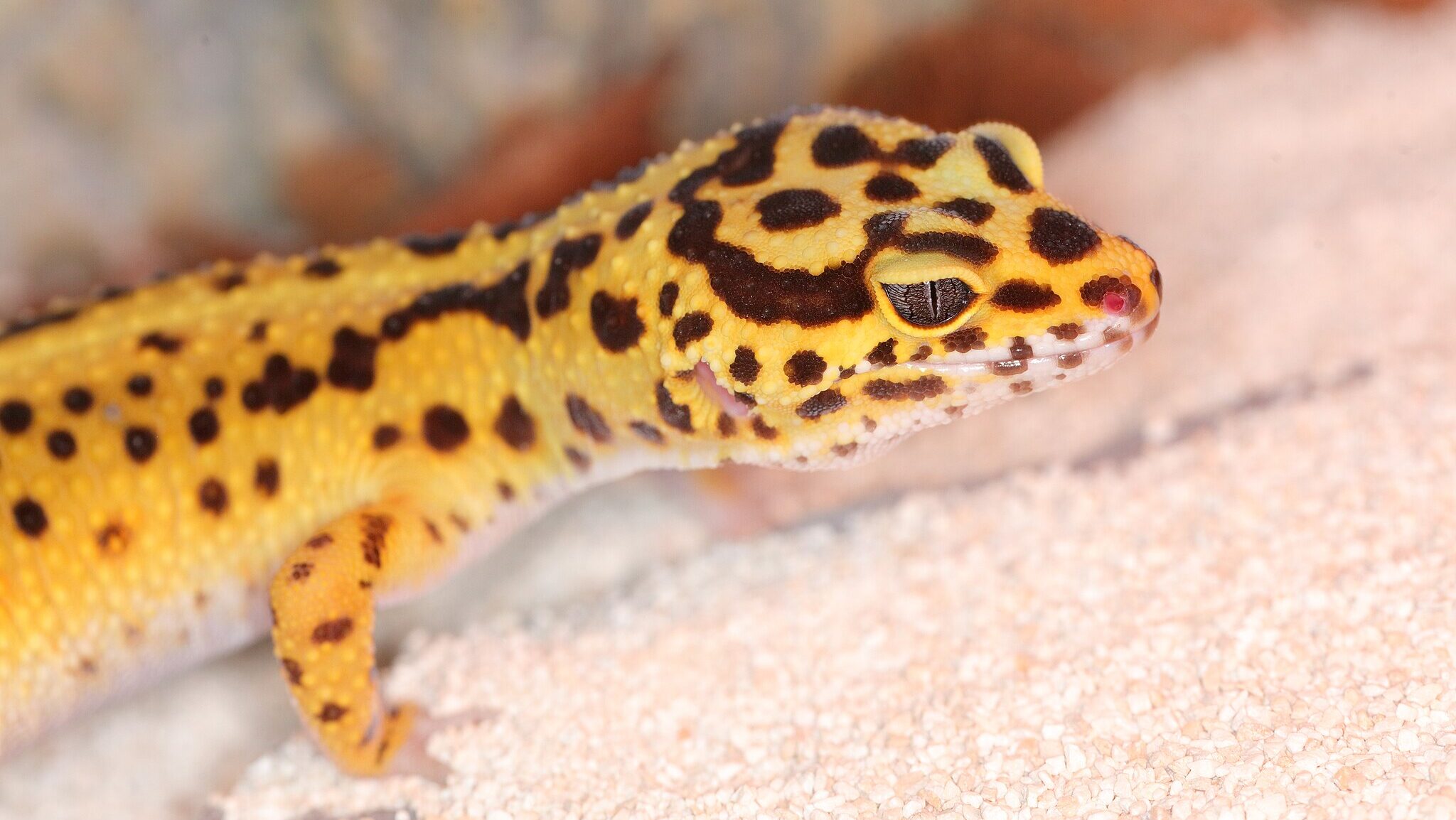
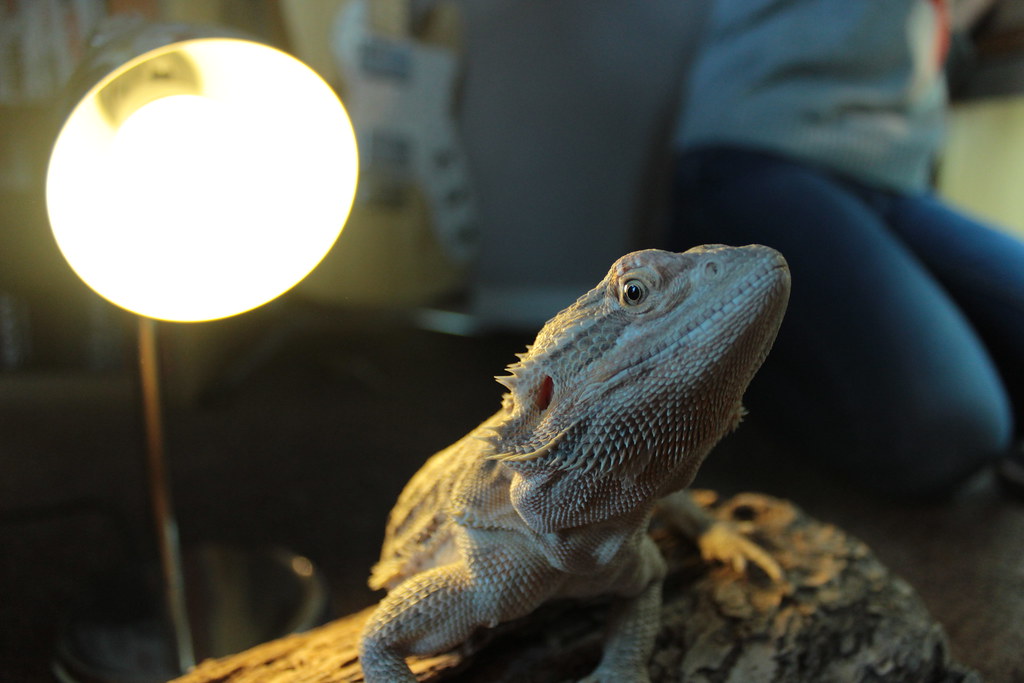
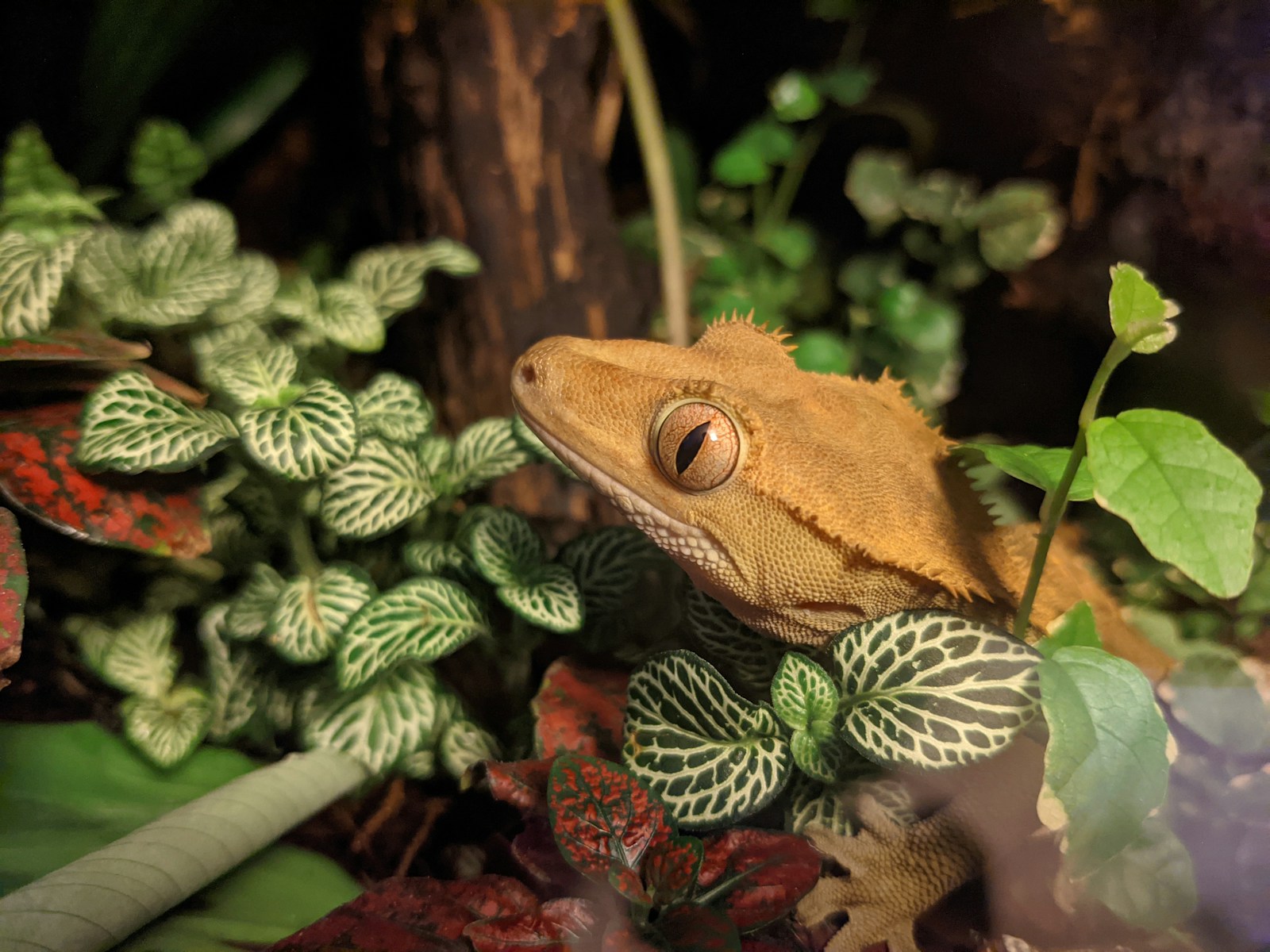

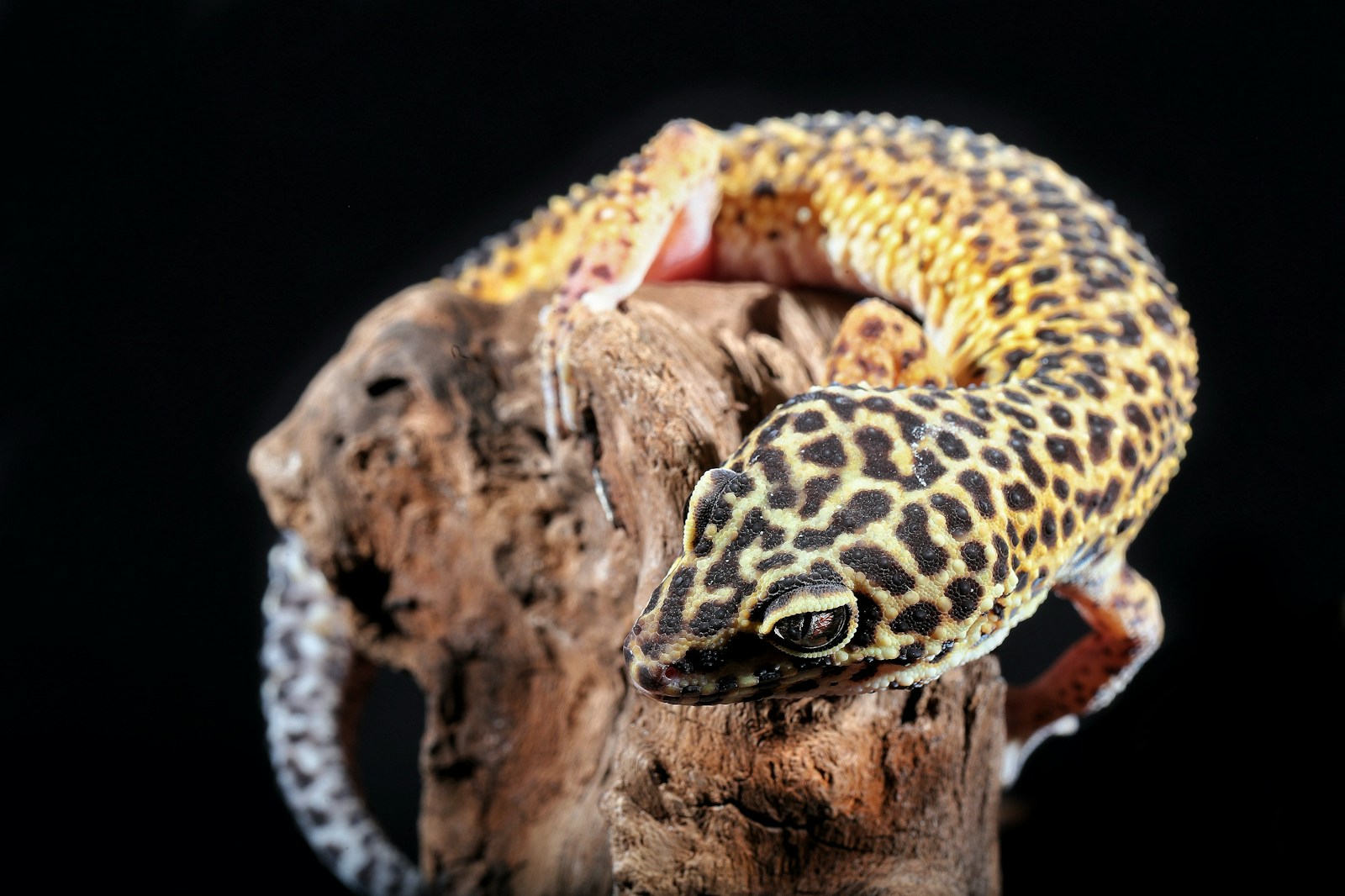

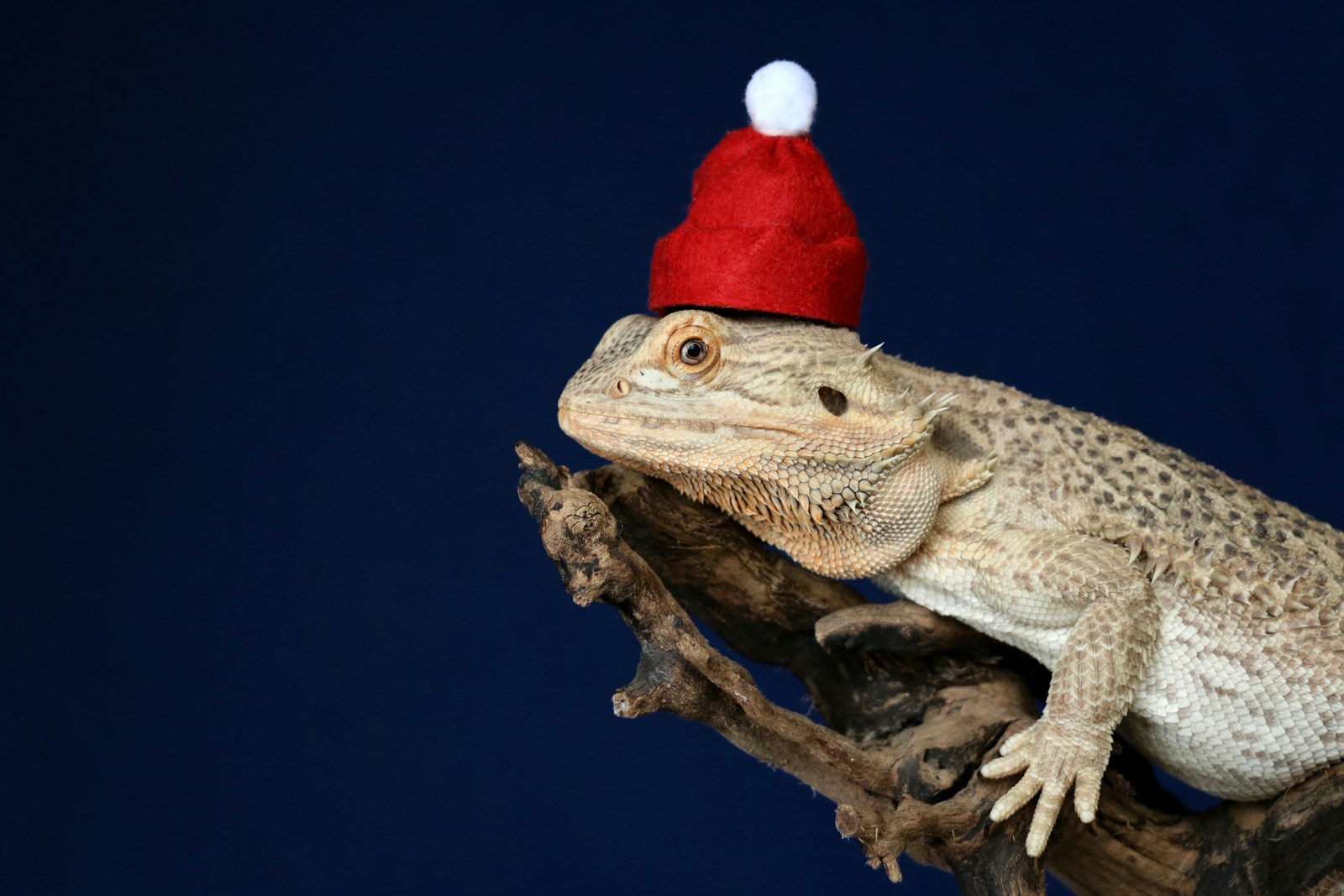

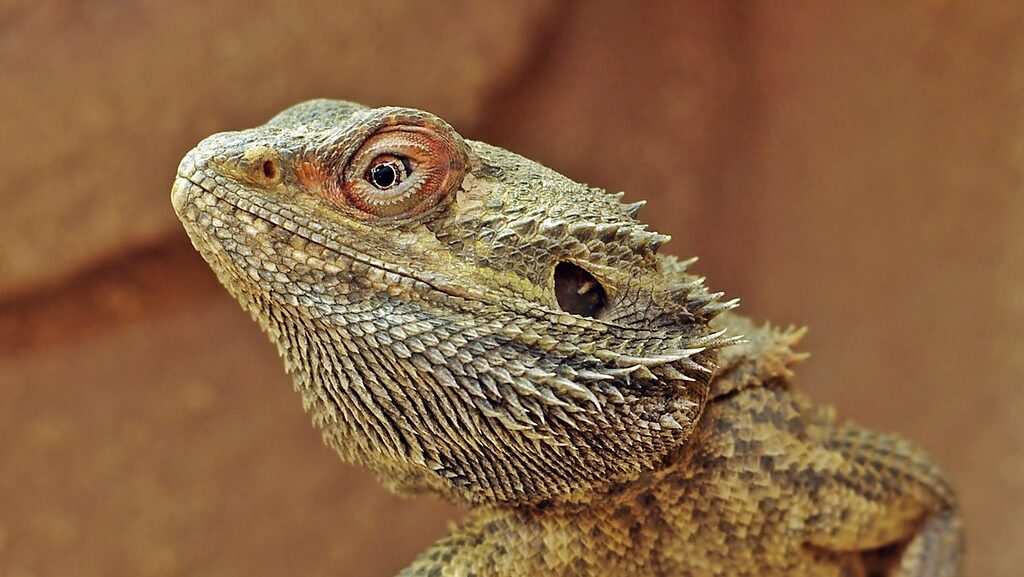
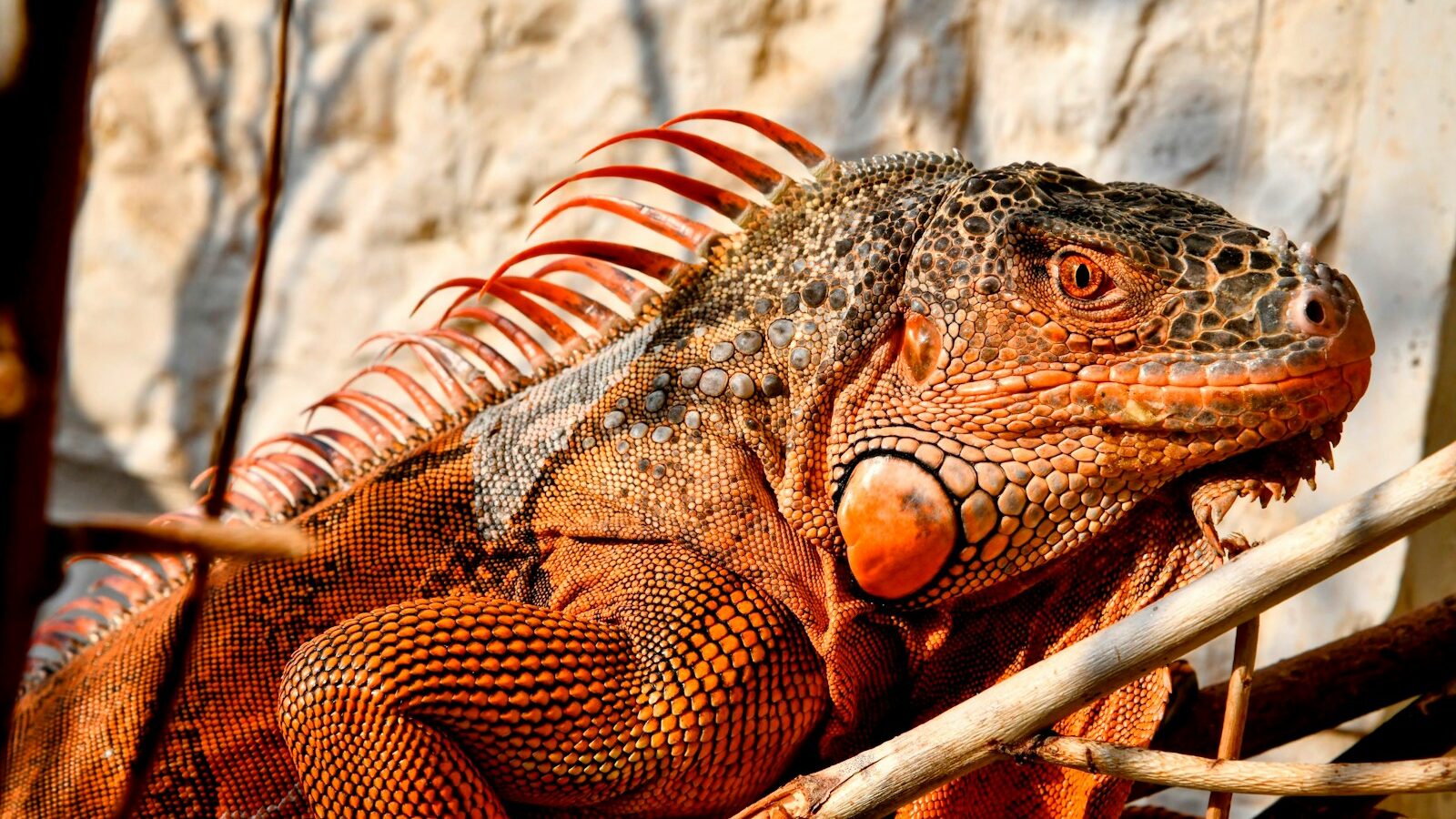
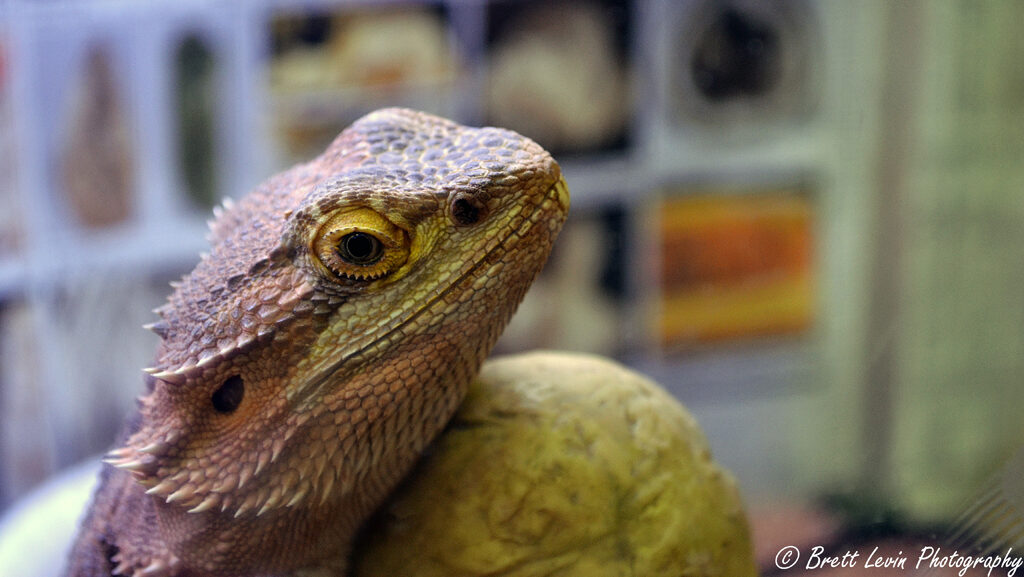
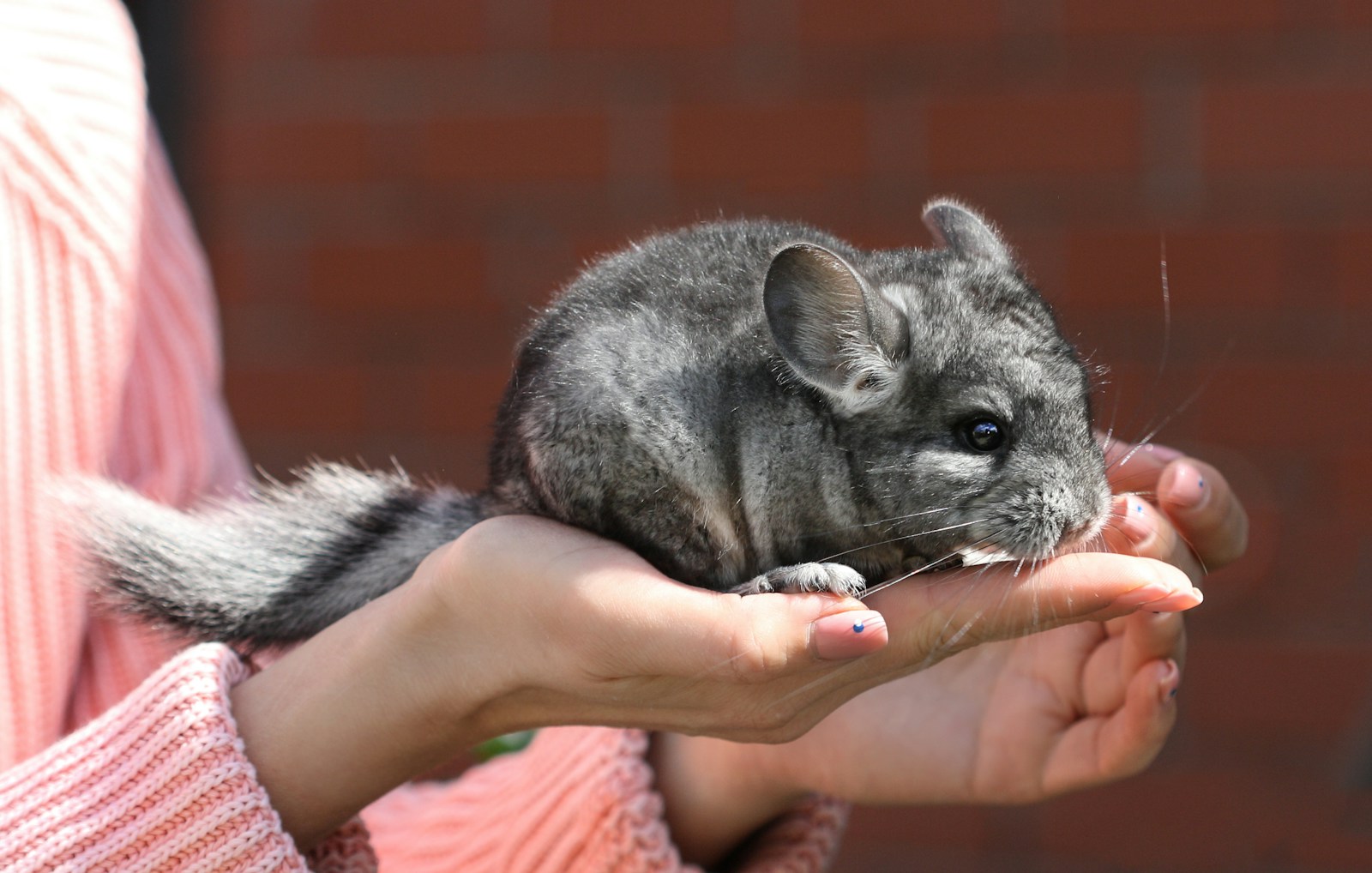

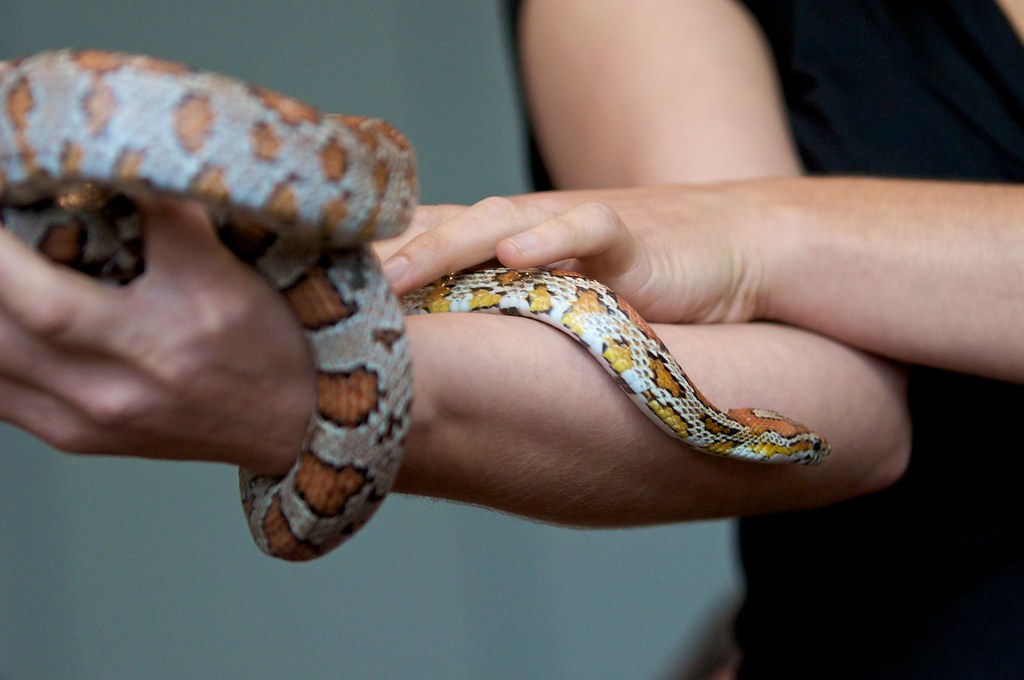
Leave a Reply